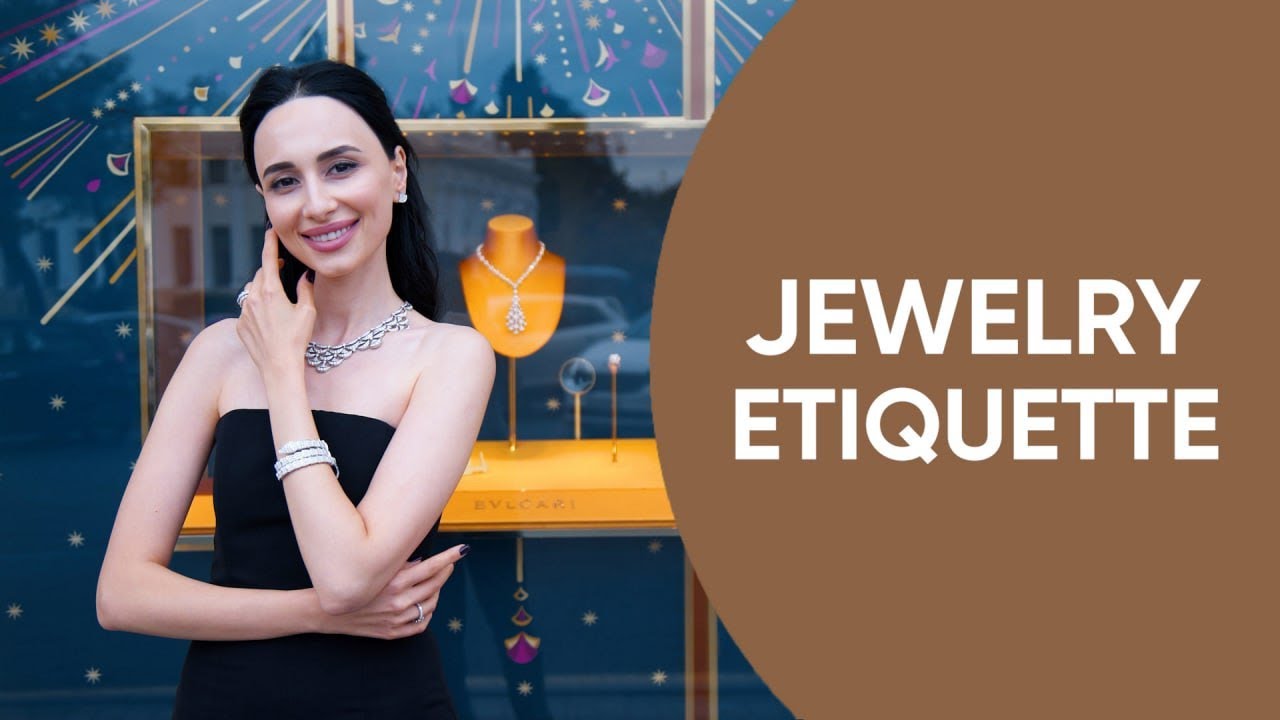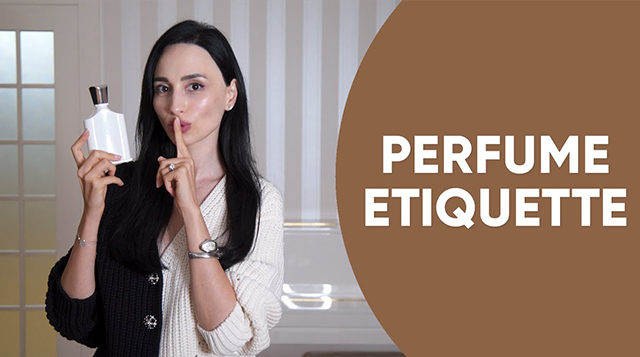
Jewellery has been a part of human culture for thousands of years, adding beauty, significance, and personal expression to our lives. From statement necklaces to delicate earrings, jewellery can elevate any outfit and make a statement about who we are. However, with so many different types of jewellery and occasions to wear them, it can be difficult to know how to navigate the unspoken rules and social conventions surrounding jewellery.
In this article, I'll provide you with a comprehensive guide to jewellery etiquette, covering everything from cultural traditions to caring for your jewellery, so that you can confidently show off your accessories in any situation.
Factors that Influence Jewellery Selection
Choosing the right jewellery can be overwhelming, especially with the myriad of options available. In this section, I’ll discuss the various factors that influence your jewellery choice.
1. Colour
One of the first things to consider when choosing jewellery is the metal colour. The colour of the metal can have a significant impact on how the jewellery looks on you, so it's essential to choose a metal colour that complements your skin tone. To determine your skin tone, look at the veins on the inside of your wrist. If they appear blue, you likely have a cool undertone, while green veins indicate a warm undertone. If you can't tell whether your veins are blue or green, you probably have a neutral undertone.
Once you've determined your undertone, you can choose a metal colour that flatters your skin tone. If you have a warm undertone, gold jewellery, particularly yellow gold, will be most flattering. For cool undertones, silver or white gold jewellery is a great choice. Neutral undertones can wear any metal colour they like, so feel free to experiment!
2. Size and Number of Pieces
Another important factor to consider when choosing jewellery is the size and number of pieces. The right size and number of pieces can help balance your overall look and ensure that your jewellery compliments your outfit rather than overpowering it.
When it comes to size, consider your stature. If you're petite or have a smaller build, smaller jewellery pieces will be more flattering, as larger pieces can overwhelm your frame. If you're taller or have a larger build, you can pull off chunkier accessories and larger pieces of jewellery.
3. Occasion & Time of the Day
The occasion should also influence the size and number of pieces you wear. For formal events, it's often appropriate to wear statement jewellery, such as a bold necklace or a pair of chandelier earrings. For everyday wear, you might prefer smaller, simpler pieces that are easy to wear and won't get in the way. Be mindful of your workplace dress code, and avoid noisy dangling accessories if you work in a cubicle office.
The time of the day can also play a significant role in choosing the right jewellery. In general, subtle, less sparkly jewellery is more appropriate during the daytime. However, with modern fashion rules evolving, you can wear diamonds during the day too.
4. Personality
Personal style is another factor to consider when choosing the size and number of pieces. If you prefer a minimalist look, you might opt for one or two simple pieces of jewellery. If you prefer a bolder look, you might choose to layer multiple pieces or wear statement jewellery. Extroverted people tend to opt for chunkier, bolder accessories, while introverted individuals prefer subtler, smaller jewellery pieces.
Etiquette Rules on Jewellery
1. Choose a Focal Point
When stacking and layering jewellery, it's essential to select a focal point. Decide which area you want to highlight, such as your neck, arms, or fingers. By focusing on a specific area, you can create an intentional and visually appealing arrangement. Avoid layering multiple areas simultaneously, as it can result in an overly decorated look reminiscent of an overloaded Christmas tree.
For example, if you want to emphasise your neck, layer necklaces of varying lengths to draw attention to that area. Alternatively, you can choose to highlight your arms and ears by stacking different earrings and bracelets.
2. Consider Occasion and Formality
The occasion and level of formality influence the rules of stacking and layering. For formal events, adhere to the guideline of wearing no more than one ring per hand. This rule applies not only to social occasions but also to the corporate world. However, for informal gatherings, feel free to experiment with layering multiple rings on one hand.
When stacking rings, aim for an odd number on one hand and an even number on the other. This technique creates a balanced and visually appealing look. Keep in mind the size and length of your fingers when layering rings. Longer fingers can accommodate up to three rings on one finger, while shorter fingers may benefit from more subtle and smaller rings to visually elongate them.
3. Nail Color and Ring Selection
When choosing rings, consider the colour of your nails as it can impact the overall look. For instance, if you want to showcase a vibrant and large stone ring, opt for a nude or neutral manicure. This choice ensures that the attention remains on the ring without distractions. Conversely, if you're wearing simpler and more subtle jewellery with diamonds or minimal designs, you can complement it with a brighter coloured manicure, like red or burgundy, to draw attention to your fingers.
4. Embrace Proportions and Balance
When opting for statement pieces, such as chunky bracelets or necklaces, it's crucial to strike a balance with other accessories. If you want to highlight a chunky bracelet, pair it with more understated rings that won't compete for attention. The same principle applies to other accessories. For instance, if you wear bold statement earrings, opt for a smaller necklace or forgo it altogether. By considering proportions and balance, you can create a cohesive and harmonious overall look.
5. Decorate Exposed Areas
To create a visually appealing and balanced look, focus on decorating the areas of your body that are most exposed or have a larger surface area. For example, if you're wearing a dress with an open décolleté, draw attention to your neck by wearing chunky necklaces that lay flat on your skin.
Similarly, if your arms are exposed, consider adding bracelets or bangles to enhance their visual appeal. Avoid overwhelming your outfit with excessive jewellery. If you're wearing a top with intricate details, bows, or fluffiness, refrain from wearing a necklace that may overpower the outfit.
6. Mixing and Matching
Traditionally, jewellery etiquette dictated that all accessories should match, including earrings, necklaces, rings, and bracelets. However, contemporary fashion allows for more creative freedom. Consider combining elements or colours from the same collection rather than wearing an entirely matching set. For example, choose earrings, a bracelet, and a ring from a collection and omit the necklace.
7. Wearing Pearls
When it comes to pearls, it's advisable to follow the rule of wearing one pearl piece at a time. For daily wear, choose either earrings, a necklace, a bracelet, or a ring, rather than wearing the entire collection all at once. The exception to this rule is formal occasions like white tie or black tie events.
When selecting pearls, consider their colour and match them with the rest of your accessories. If your pearls have a pinkish tint, you can pair them with rose gold. On the other hand, if you have bleached white pearls, white gold can be a suitable match.
8. Respecting Others' Jewellery
It is important to respect other people's jewellery and refrain from touching someone else's accessories without their permission. Only a jeweller or someone specifically authorised should handle another person's jewellery. Asking about the price of someone's jewellery is also considered impolite. While sharing information about purchases has become common in today's world, it is better to follow etiquette rules and avoid such inquiries.
9. Avoiding Improper Wear
Certain places are not suitable for wearing jewellery. The gym, for example, is not an appropriate setting for wearing your precious pieces. Physical activity and sweat can pose risks to your jewellery's condition. Additionally, wearing jewellery to bed is discouraged as unconscious movements during sleep can damage the metal over time. To ensure the longevity of your jewellery, it is best to remove it before engaging in physical activities or going to bed.
10. Perfume and Jewellery
When applying perfume, it is advisable to avoid spraying it directly on your jewellery, especially when targeting pulse points. Perfume can come into contact with the metal and potentially corrode it over time. Instead, apply perfume first, allowing it to dissolve or evaporate for a few minutes, and then put on your jewellery. This practice will help protect your accessories and prevent any undesired che





.svg)